Where excellence is made|Mud tigers' for Chinese New Year
(Iqilu News)| Updated : 2022-02-06
Print PrintThis Spring Festival, the tiger has become the "star" element in cultural products, with a wide range of products coming out. In Gaomi, Weifang, a fierce and colourful clay tiger is "screaming" at this Spring Festival, and it is the national non-heritage project "Niejiazhuang clay sculpture", which has been handed down for more than 400 years and has been renewed with new vigour.
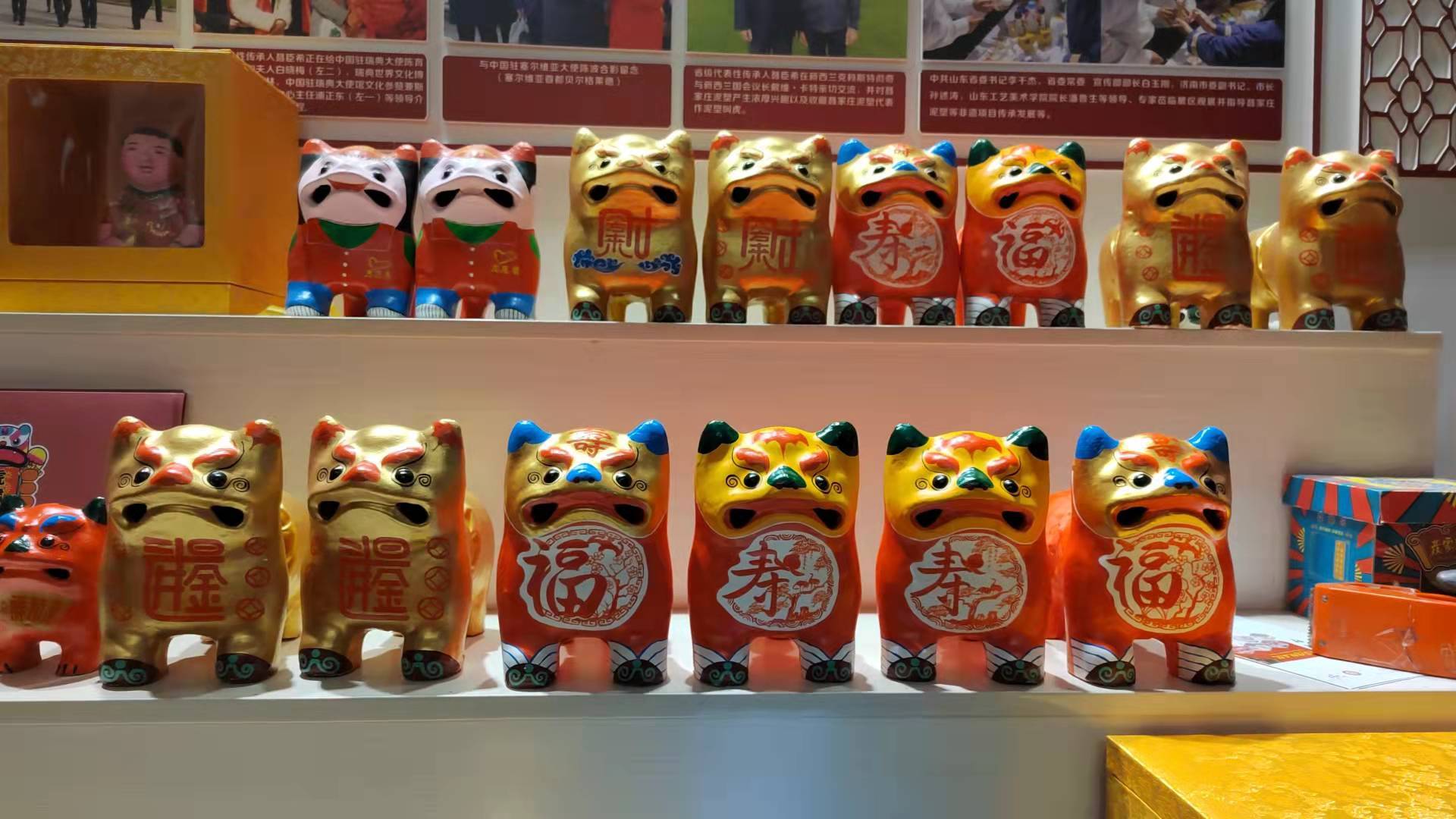
In the home of Nie Peng, the national intangible cultural heritage Nie Jia Zhuang clay sculpture heir, there are completed and unfinished clay sculptures everywhere - the eyebrow-raising "shouting tiger", the quirky and dexterous "shaking monkey ", as well as ladies and Luohan ...... Nie Peng introduced the clay sculpture of a tiger - "Calling Tiger" - as the hit of this year's Spring Festival: "The tiger is the king of all animals. "The tiger is the king of all beasts, with the symbolic meaning of calming the house, warding off evil spirits and keeping the peace, the tiger-shaped clay sculpture is the hottest around the Spring Festival in the Year of the Tiger. Compared to the same period last year, the number of clay sculptures we sell has almost doubled, and the price has increased by 40 percent."
It takes more than a dozen steps to transform a seemingly ordinary piece of clay into a lifelike piece of clay art, and Nie Peng's ingenuity and wisdom make the old craft blossom into something new. "I have innovated in terms of colour and pattern design, transforming the original clay tiger with five major colours into the current one with a golden colour that signifies prosperity, and some are created with red as the base colour, adding some lucky words that people usually like in the details of the clay sculpture."
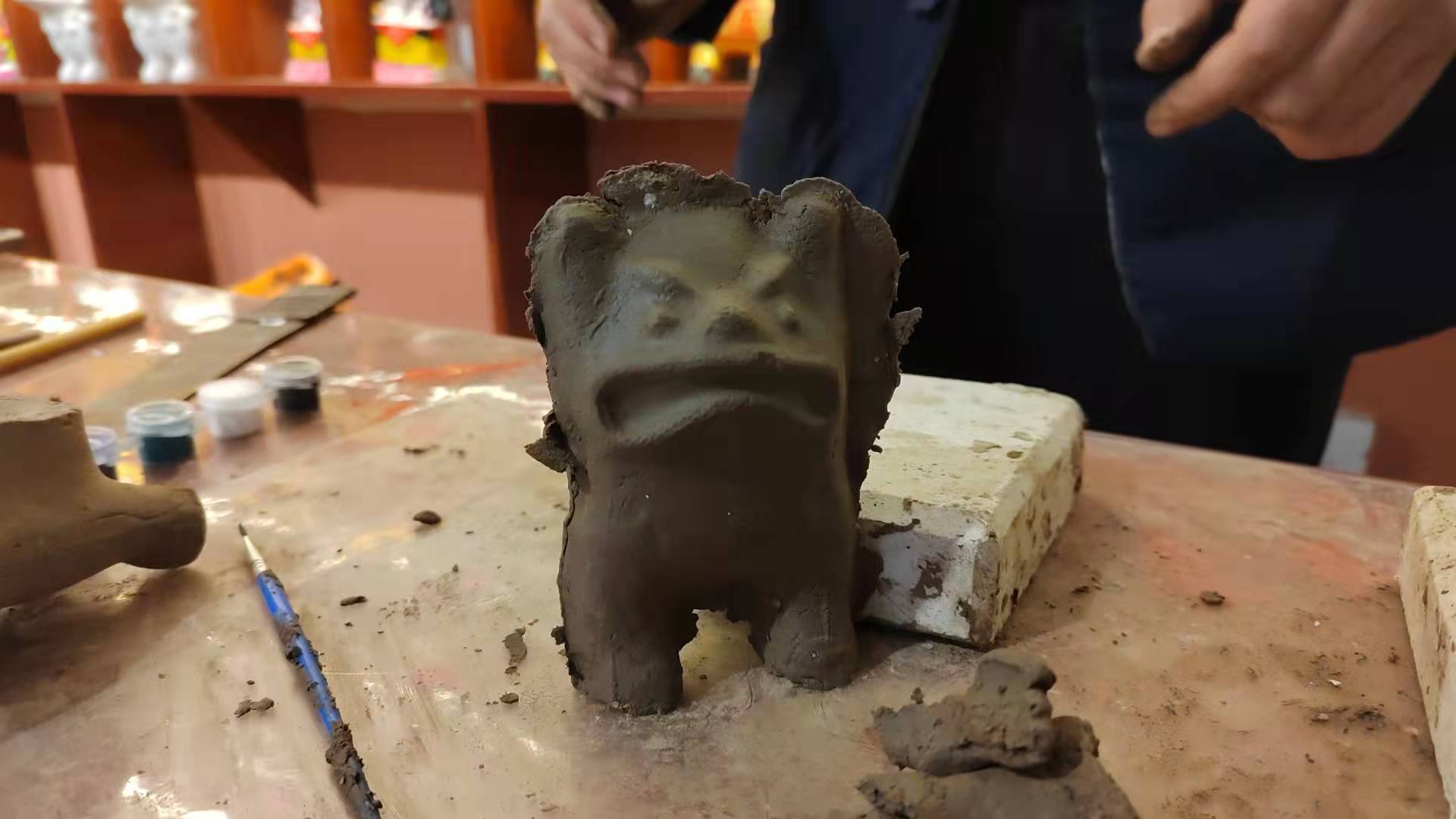
After taking over the baton from his father, Nie Chenxi, in 2010, Nie Peng has been thinking about how to continue the vitality of traditional clay sculpture. Seeing that he has been doing this for years and is more familiar with the traditional techniques, the two of us have been studying and discussing new shapes for the clay sculptures, because you can't just do the traditional shapes, to live by this craft, you have to inherit the traditions and also innovate."
However, in the last Tiger year, when Nie Peng wanted to specialise in clay sculpture, Nie Chenxi thought there was no future in eating the craft and was firmly against him joining: "At that time, there were no artists as young as him in Gaomi or even the whole of Weifang, because there was no big money to be made doing this, no way to to support his family."
Now, through Nie Peng's efforts, he has dispelled his father's worries and his career is flourishing. But as the head of Nie Jia Zhuang's clay sculpture artists' association, Nie Peng still has concerns about the development of the whole industry: "First of all, there is the problem of people, there are no young people to do it, and there are less than 20 families in the village who really do it; doing clay sculpture is relatively hard work, and many people may stop doing it by the end of the Year of the Tiger; some supermarkets sell clay tigers, which is completely Some supermarkets sell tigers purely because they are 'hot' and they find that it is the Year of the Tiger and they sell them on a whim."
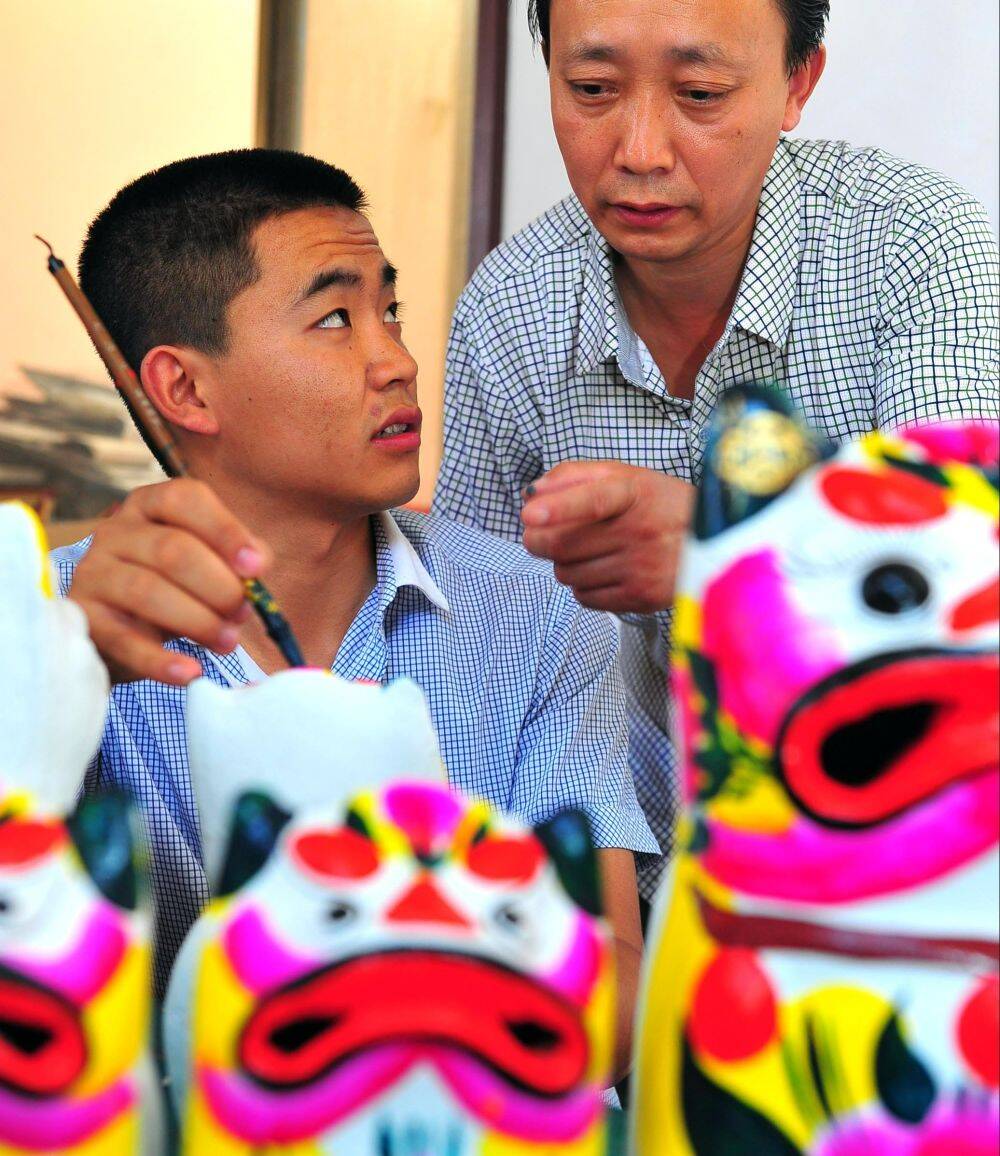
"Wang Jinxiao, the head of non-heritage at Gaomi's Culture and Tourism Bureau, told reporters that the entire Gaomi non-heritage project is very rich, with four national projects including the Niejiazhuang clay sculpture, and nearly two hundred other projects at other levels. The cultural department has made great efforts to provide a platform for non-genetic inheritors to learn and exchange, while giving subsidies, etc. Even so, the biggest difficulty is still insurmountable. Wang Jinxiao: "The craft can't be learned overnight, and even if it is learned, the grasp of the market, control, promotion and other aspects can't be done, now you want the craft to survive well, both to be a business talent and artistic talent, both of which are difficult to have."
Not only that, but with the development of the times, social needs are also changing, which makes it very difficult for intangible cultural heritage to survive in the market. Wang Jinxiao told reporters, "Now the times have changed, social needs have also changed, before you can say you just make it, you can sell it, or do not have to sell it, people will accept it, now you have to master the laws of the market, have a keen eye to see what can be eaten in the market."
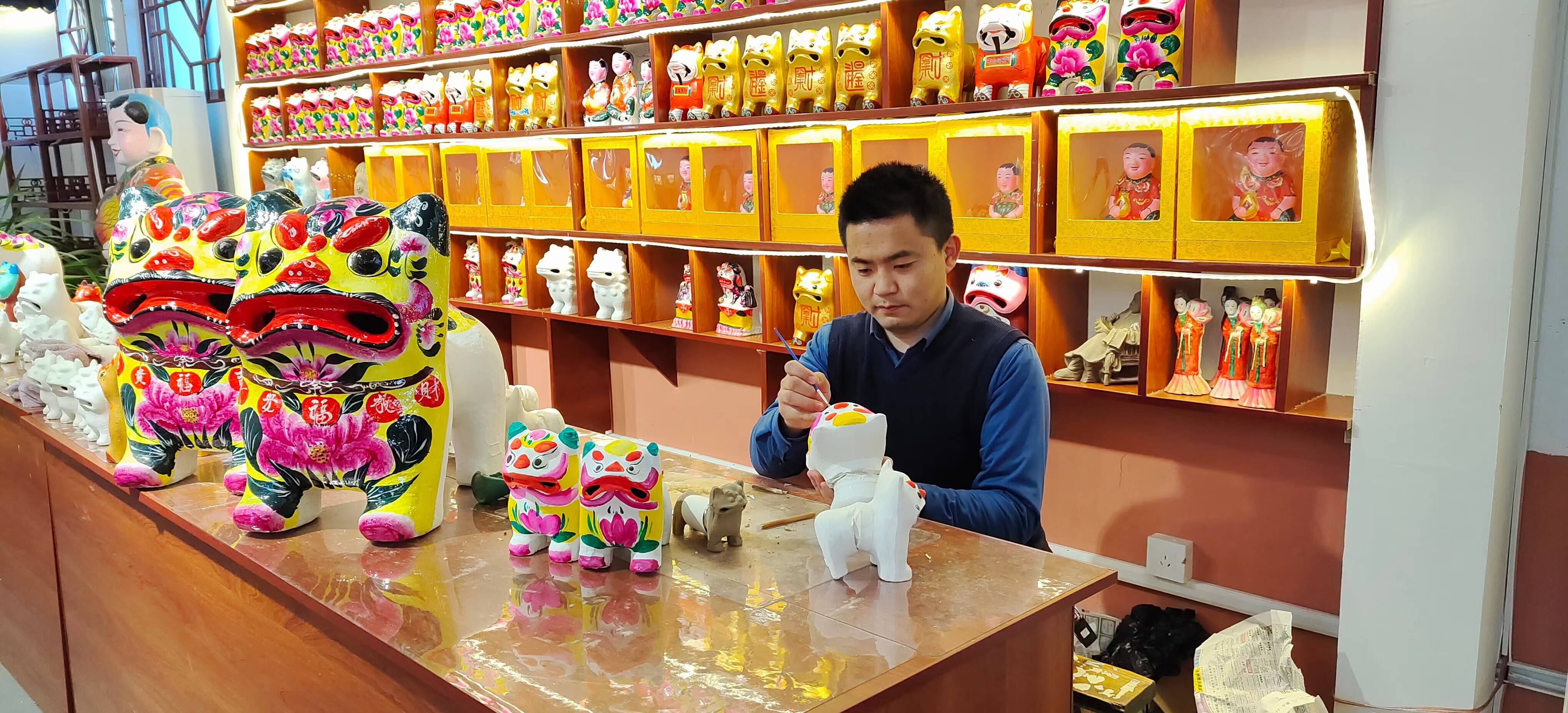
Xu Simin, a professor at the Shandong Institute of Arts and Crafts, who has always been very concerned about the development of Intangible Cultural Heritage, also said that if Intangible Cultural Heritagewant to survive in the market in the form of objects, they must ensure that they pass through the "crossroads" of development smoothly: "Today we have reached a crossroads in the development of NRMs, because social development is The quality of life, the quality of life and the way of life, including the habits of life, have changed considerably. Under such circumstances, how can traditional handicrafts adapt to the habits, lifestyles and needs of people today?"
As for how to grow new shoots from old trees, Xu Simin suggests that non-genetic inheritors should not hold on to the old and dare to "fill old bottles with new wine": "In today's society, as a craftsman, you have to go out and participate in training courses, expositions and group exchanges, etc. Through these activities, you can improve on your skills and also grasp the market. refine and also grasp the market and innovate with products."
From the point of view of long-term development, not only do we need the active action of the non-genetic inheritors themselves, but the government level should continue to provide "strong backup", Wang Jinxiao told reporters that the authorities have been trying to help non-heritage products to expand the market. "Now we are also working on the "two creations" of non-heritage projects according to market demand, i.e. creative transformation and innovative development; we are also researching and developing derivatives including New Year paintings, clay sculptures and paper-cutting; we also intend to let the inheritors focus on our local scenic spots for promotion, interaction and integration with tourists. market handicraft development will have momentum, there will be more people doing this, and it will naturally develop."
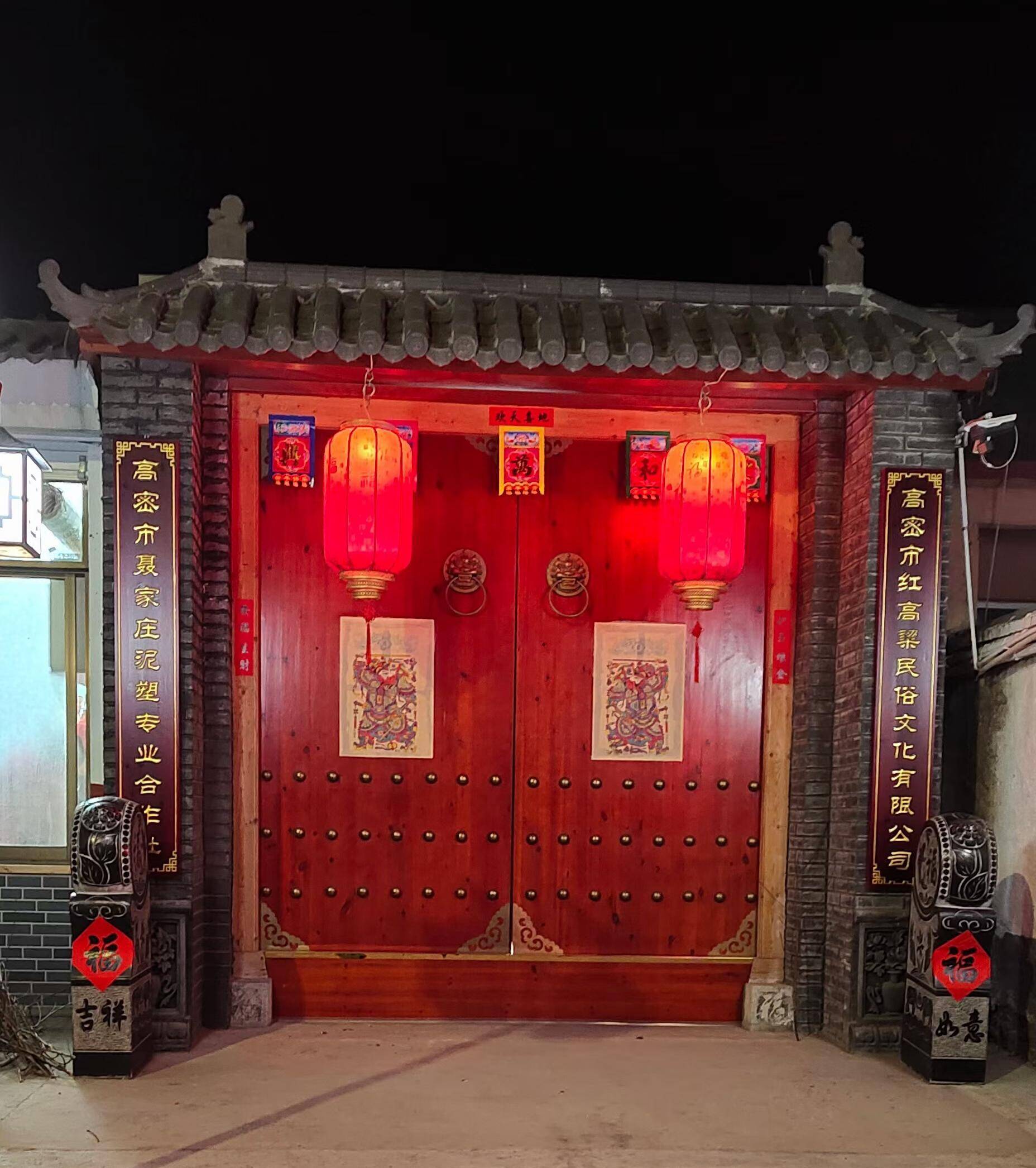
Xu Simin said that if he wants to make the "clay tiger" "louder" in the next year of the tiger, so that the intangible cultural heritage "fire" and "live", the inheritors should not be overly concerned with the physical objects, but rather focus on the craftsmanship and spiritual heritage. If you want to make the "clay tiger" more famous in the next Year of the Tiger, and to keep the intangible cultural heritage "hot" and "alive", the inheritors need not dwell too much on the physical objects, but rather pay more attention to the inheritance of the craft and the spirit: "The craft as a spirit will certainly live forever, because it has played an important role for our human society after all, for the people in our former farming days. From the point of view of the craft, people in the future will also have this need, but it is no longer a material need, it is mainly a spiritual need, and this is how it will develop, and you just have to grasp such a direction and it will be able to go on.

 Xi's Moments
Xi's Moments  Shandong gains remarkable results in promoting high-quality development
Shandong gains remarkable results in promoting high-quality development 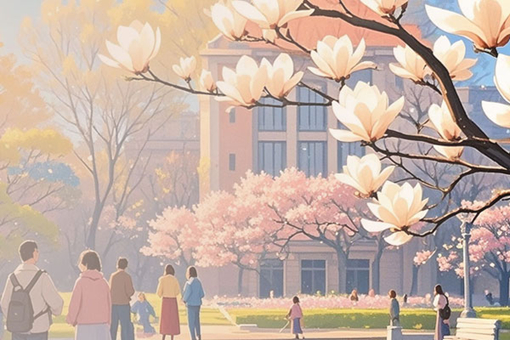 Discover magnolia blossoms at Shandong University
Discover magnolia blossoms at Shandong University